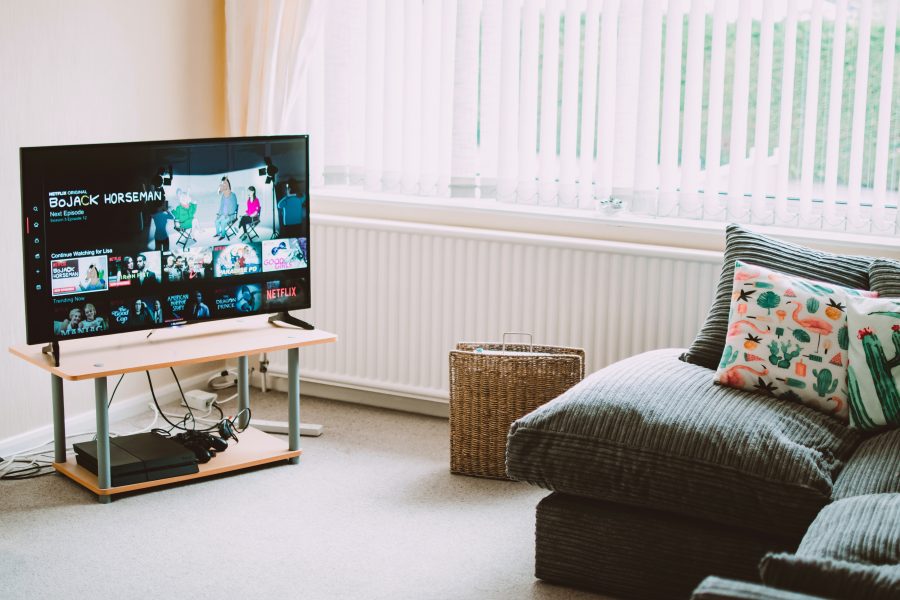The quality of the image on your television is essential for an immersive viewing experience, whether it's your favorite show or a blockbuster movie. However, with so many different types of televisions on the market, achieving the best possible image quality can be challenging. That's why it's crucial to learn about the various ways to improve the picture quality on your TV. In this article, we'll cover everything from calibration to settings and more.
Calibration

One of the most effective ways to improve the picture quality on your TV is to calibrate it correctly. Calibration is the process of adjusting the TV's settings to optimize the image quality. There are different methods to calibrate your TV, but the most effective is using a professional calibration service. However, if you prefer to do it yourself, you can use calibration tools such as the THX tune-up app or Disney's WOW (World of Wonder) calibration disc.
Settings
Another way to enhance the picture quality on your TV is by adjusting the settings. Most televisions come with pre-set picture modes such as Cinema, Game, and Sports, but they may not be optimized for your viewing environment. For instance, the Cinema mode is suitable for a dark room, but it may not be ideal for a bright room. Adjusting the brightness, contrast, and color settings can significantly improve the image quality.
Lighting
The lighting in your viewing environment can also impact the picture quality on your TV. Direct sunlight, for instance, can cause glare, and the reflection can make it challenging to see the image on the screen. On the other hand, low lighting can make the image appear too dark. The best option is to use curtains or blinds to block out sunlight and to add ambient lighting to the room.
Resolution
The resolution of the TV is another critical factor that affects the picture quality. If you're still using a standard definition TV, upgrading to a high-definition TV can make a significant difference in the image quality. High-definition TVs offer more pixels, which means a sharper, more detailed image. Additionally, 4K TVs offer even more pixels than HDTVs, resulting in a more vibrant and realistic picture.
Conclusion
Improving the picture quality on your TV doesn't have to be complicated or expensive. By calibrating your TV, adjusting the settings, optimizing the lighting in your viewing environment, and upgrading to a high-resolution TV, you can achieve a better viewing experience. Take the time to experiment with different settings and methods until you find the one that works best for you.


